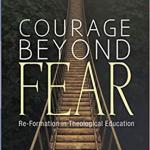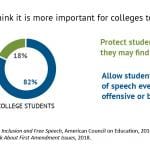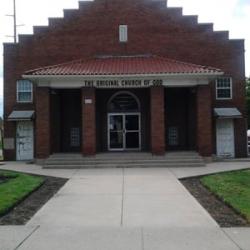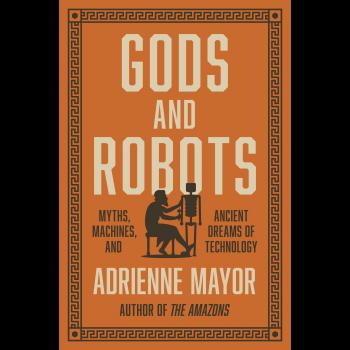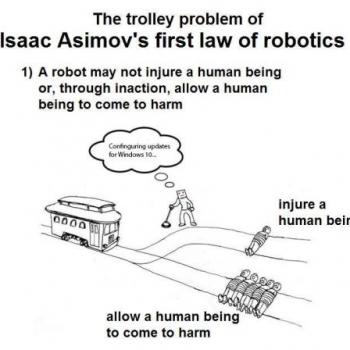Many blogs and social media posts are highlighting the publication of a new book from E. J. Brill, the latest volume in the Digital Biblical Studies series. I’m one of the contributors – my chapter is “Learning from Jesus’ Wife: What Does Forgery Have to Do with the Digital Humanities?” The volume is open access, and so you can read and download the entire book from the E. J. Brill website. Larry Hurtado was very kind to single out my chapter among the contents when he mentioned the book on his blog. The other volumes currently available in the DBS series are also open access.
I had a draft post for some time that was about technology in Biblical Studies, and so I’ve finished it off and included those other things here. I was going to have the title of the post I originally envisaged be “Is It Intertextuality If It Requires Technology To See It?” I hope that the shorter punny reference to texts, tech, and intertextuality is better. But I think the question is still worth asking in its longer form, however one poses it and whatever the headline. We are entering an era in which we can spot similar vocabulary using powerful search algorithms. Does that help, or will it lead us to see things that no ancient reader could have noticed, and no ancient author is likely to have intended?
Related to this topic see the article I wrote about Thomas Brodie’s problematic approach to intertextual relations, which led him to mythicism, as he was able to persuade himself that every New Testament text is simply a pastiche of other texts written previously.
Library of Antiquity posted about the use of Tesserae for work on intertextuality. Part 3 and Part 4 in that series of blog posts are likely to be of particular interest.
Kyle Dunham’s conference paper on corpus linguistics and intertextuality will likely also be of interest. It comes courtesy of the Alpha Christianity Forum.
Also related to authenticity (the subject of my chapter in DBS vol.3) is the thesis by Timo Paananen which he will soon defend.
Ancient World Online shared some other open access pieces from E. J. Brill, including two chapters about Sennacherib’s campaign against Jerusalem.
Studies in Late Antiquity is also open access.
Review I wrote of Warren Carter’s book Telling Tales about Jesus: An Introduction to the New Testament
Gospels (Minneapolis: Fortress, 2016) has appeared in CBQ and if you subscribe or have access to a university library database, you can read it immediately through digital means (which makes for a connection with the theme of this post). And if you don’t, presumably you can ask me for a copy.
Also of interest:
Recently in First Monday there was an article about the ReDigi court decision.
Augmented reality and cultural heritage
Digital collection of cuneiform texts
An insider’s account of what happened at Stanford University Press recently
http://relcfp.tumblr.com/post/184431632107/cfp-digital-hermeneutics-from-research-to


